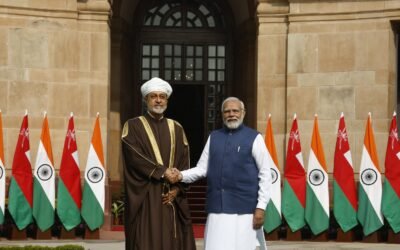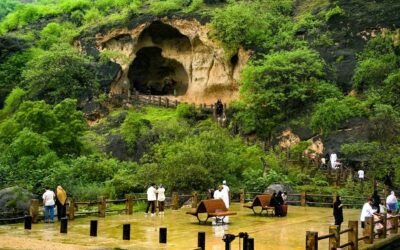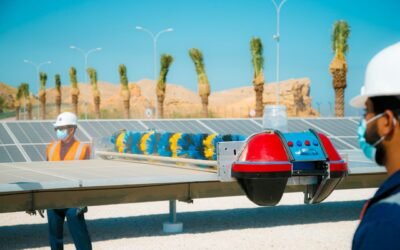Oman’s Food Security Efforts
Oman has been taking significant steps to ensure a stable food supply for its people. The country has been investing in modern agricultural techniques, such as hydroponics and vertical farming, to maximize food production. Additionally, Oman has been promoting sustainable fishing practices to protect its marine resources. These efforts aim to reduce reliance on food imports and ensure a steady supply of fresh and nutritious food for the population.
On this regard, the Shura Council held the 6th regular session of its 10th Term’s first annual convening. At the session, the Council hosted Dr. Saud Hamoud Al Habsi, Minister of Agriculture, Fisheries and Water Resources of the Sultanate of Oman.
The session discussed the performance of the food and water security sector and its contribution to the gross domestic product (GDP) within the context of the 10th Five Year Plan (2021-2025).
Dr. Saud pointed out that the Ministry embarked on measures to align its strategies with Oman Vision 2040, with emphasis on enhancing the food security system in the Sultanate of Oman.
The minister explained that the total volume of food production from plant, animal, and fisheries sources increased from 3.9 million tons in 2019 to 4.7 million tons in 2022, up by 6.4 percent.
The total value of food production between 2019 and 2022 grew by 9.6 percent from RO 958 million to RO 1.261 billion, he added.
The minister said that public-private sector food security laboratories generated a number of agriculture, fisheries, and water investment projects that consolidate food and water security system in the Sultanate of Oman. Among those, 137 projects have been outlined and envisaged to have an investment value of approximately RO 1.656 billion.
After the implementation of the next phase, the projects are expected to provide about 852,000 tons of plant, animal, and fisheries products, the minister added.





